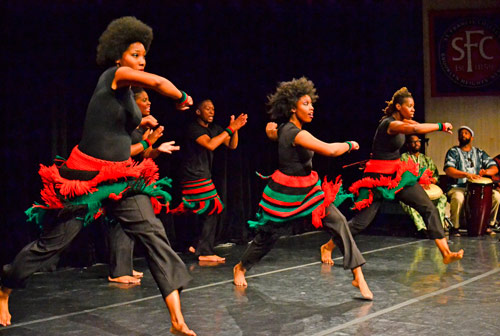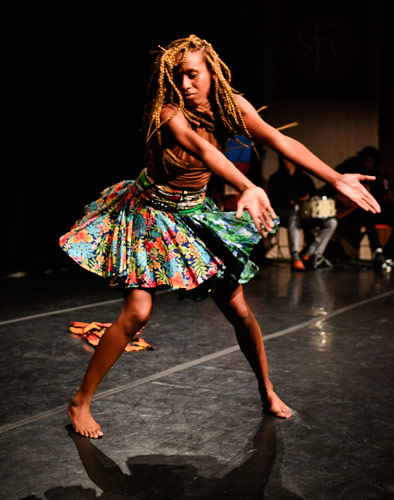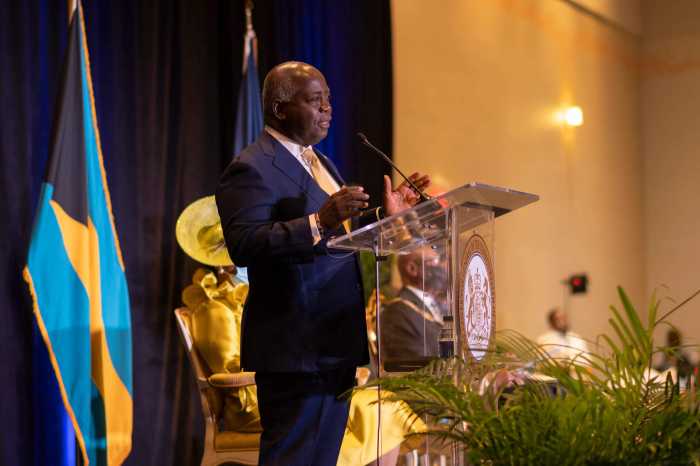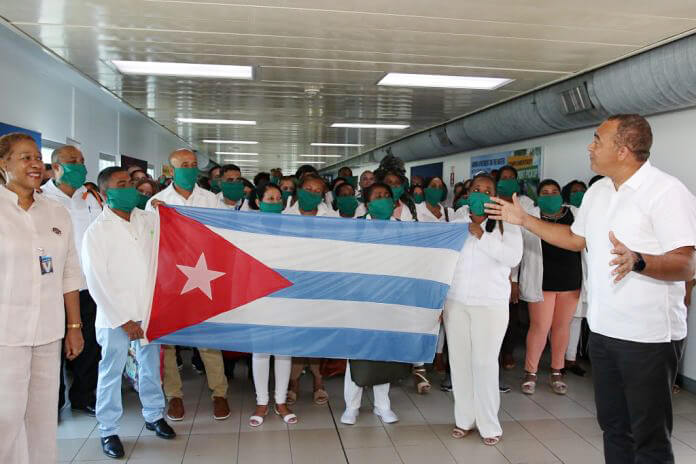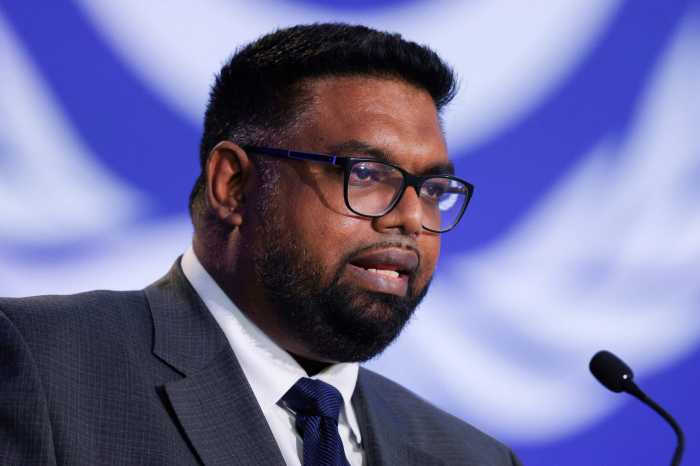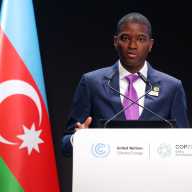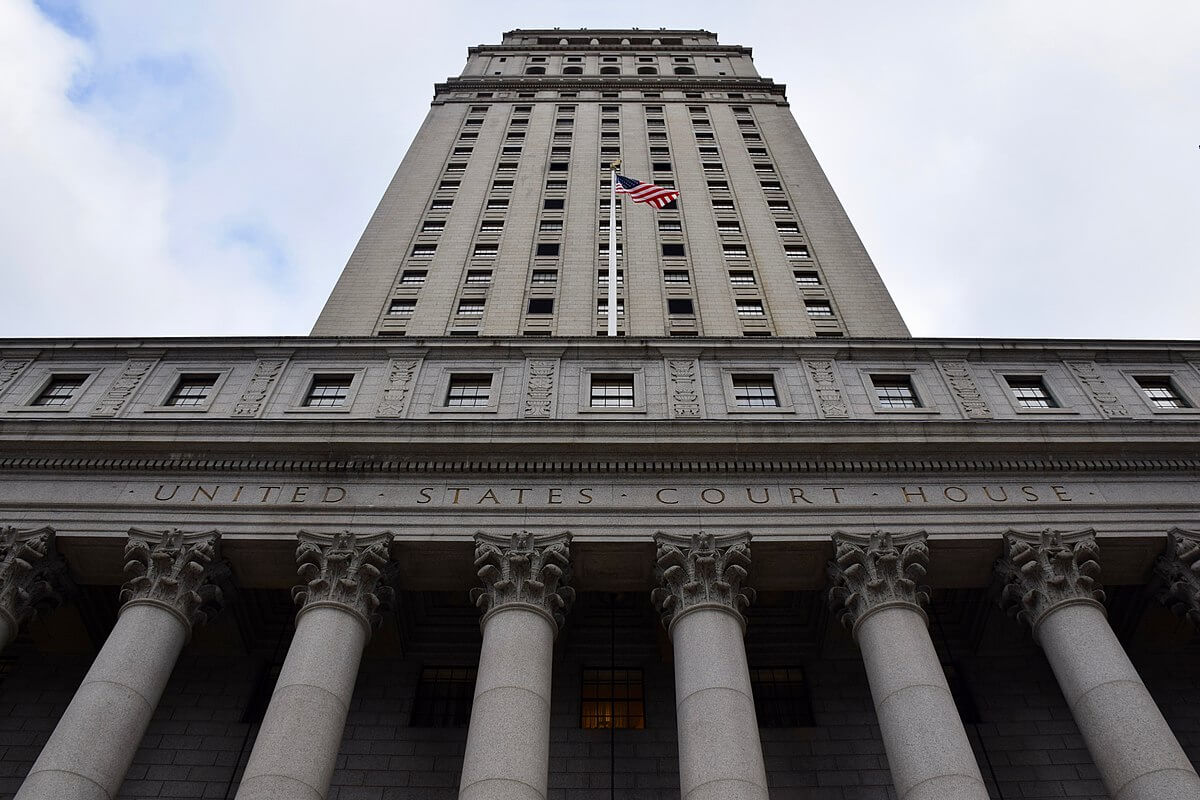Who are you? What are you? Where are you from?
These seemingly simple questions turn out to be loaded with layers of complexity to explore through what should be a short answer.
Exploring the dimensions of what contributes in shaping our identities while managing the influence of Caribbean heritage – whether native or a descendant – Candace Thompson aims to push those conversations through dance.
“The piece you saw me perform tonight I created during a choreo-lab last fall. I didn’t know where it was going until it was finished and then I realized there was so much about me and where I was from in the solo that I wished more people of Caribbean descent could have seen it,” Thompson said. “It’s always been in the back of my mind to get people together.”
Thompson, a Trinidadian native, moved to the United States at 20 years old where she continued her training in ballet and contemporary dance at Adelphi University.
In her navigation of the professional dance world as a Caribbean American for nearly 10 years, Thompson came to realize the particular challenges she faced when selling her pieces that merged her professional training with her Trinidadian roots.
Her particular piece, “Of Circles and Bright Colours,” explored the stereotypical associations with the Caribbean experience and hasn’t been an easily sold piece to other performances.
“A lot of times our type of work isn’t easily sold to venues,” Thompson explained. “I’ve applied my performance to a few other things but it hasn’t been picked up because there isn’t a category they can put on it within a show.”
This need to provide a platform that can showcase the merging between being Caribbean and the contemporary arts called for the creation of Thompson’s Dance Caribbean Collective (DCC). “I kept meeting people who are trudging along by themselves and when you’re doing it alone and your work isn’t easily sold, it can be discouraging but I feel like if we can all figure out who we are in the game and form a joint effort, it will be a lot better for all of us,” she said.
DCC’s first program, “New Traditions: A Showcase for Caribbean Choreographers,” brought together six dynamic choreographers representing the islands of Jamaica, St. Vincent, Grenada, Haiti and Cuba. Of the seven performances, only one performance was choreographed by a woman of African American descent.
Held at St. Francis College on Sunday, June 7, the audience was taken on a journey of exploration as the dancers unpacked the complexities of living in two worlds — being perceived as an American but wearing the badge of their heritage.
For audience members such as Rachel Goldstein, the show resonated with her as she is always asked ‘where are you from.’ “I think with anybody who comes, especially to New York, there’s always a question of identity and people always ask ‘what are you’ and I just think it’s an interesting way to think about the different parts of yourself. That resonated with me a lot in this show how so many people are made up of so many different parts.”
Each performance explored a choreographer’s relationship with the shaping of their identities. While many showcased an internal turmoil, such as Cuban American Beatrice Capote who utilized a mixture of music that showcased her Latin roots and Americaness; St. Vincent descendant Alicia Dellimore overtly battled being between worlds in “Diluted Vincy.”
“I got an Instagram because my job made me get one and whenever I posted something I would use the hashtag #DilutedVincy because that’s how I identify myself to be. I didn’t know that the Caribbean influence had an impact on me,” Dellimore said. “Growing up I felt very out of place and in between worlds because I wasn’t acting black enough or I didn’t know what certain things were and when I went to St. Vincent I was a foreigner.”
Throughout Dellimore’s piece she incorporates words over the instrumental like “oreo” and “foreigner” but finishes with an assertion of her identity. “This piece in a microwave way of the process of me finding who I am and there’s a part where I assert who I am because there was a time in my life where I felt I had to identify who I am and I’m at a place where yes we have these forms our identity but at the end of the day we are all human.”
For Haitian American Maxine Montilus, her piece reflected the experiences of other Haitian Americans who aren’t equipped with the language of Kreyol. Also using audio of a real situation, Montilus explores owning your heritage despite what others might cast shade for like being unable to communicate in the native tongue.
Montilus finds that though her experience is navigated through a Haitian American perspective, during her performance of this solo at other shows men and women of other cultures share the same experience.
“What’s been powerful for me in performing this solo I didn’t come across Caribbean Americans but I remember this Russian woman came up to me and said ‘I can’t speak Russian fluently and my family makes fun of me,’” Montilus said. “Even the man who mixed my music was half Peruvian and he said ‘I can’t speak Spanish fluently and my family makes fun of me.’ People of other cultures were able to tap into that experience even though I was speaking from a Haitian American perspective.”
For Thompson and her collective of performers, the work to highlight Caribbean Americans involved in the contemporary arts goes beyond their first show. Thompson intends to make “New Traditions” an annual showcase with hope of creating a festival that will include not only the showcase but also include master classes and other discussions to further discuss the Caribbean experience.
Dellimore views this collective as a prominent step in the direction to return to the islands and create platforms for interested nationals to know there is an outlet for them to explore contemporary dance.
“In St. Vincent, dance isn’t taken seriously to my understanding,” Dellimore said. “There aren’t many schools where people can train and I feel like the more that we create pieces that deal with the political issues in the Caribbean and being Caribbean American as a collective we’re able to influence that change.”
Kriston Chen flew from Trinidad to view the show and considers it a step in the right direction to start showing that Caribbean contemporary arts does not have to be pigeon holed into one type of mainstream dance.
“I’m heavily involved with the contemporary arts and I know what they’re going through in terms of breaking stereotypes of what Caribbean contemporary arts are,” Chen said. “Why do we have to keep stuck in a particular box in sharing our arts but pushing it a level deeper and that’s one thing I think we stop at in the Caribbean. We know it for this, so therefore there’s no need to go any further but there are a lot of smart, talented and passionate people who are willing to dig deep and find something they are willing to share involving the arts.”
Ultimately, Thompson wants DCC to create a space for Caribbean nationals and descendants to feel that there is a community and interest in their work.
Aside from shows, Thompson hopes to get into schools where she can teach first and second generation Caribbean descendants about their culture despite being born in America and away from the island.
If you are interested in joining the Dance Caribbean Collective or want to know more about their future events, follow DCC on Facebook and Instagram.
